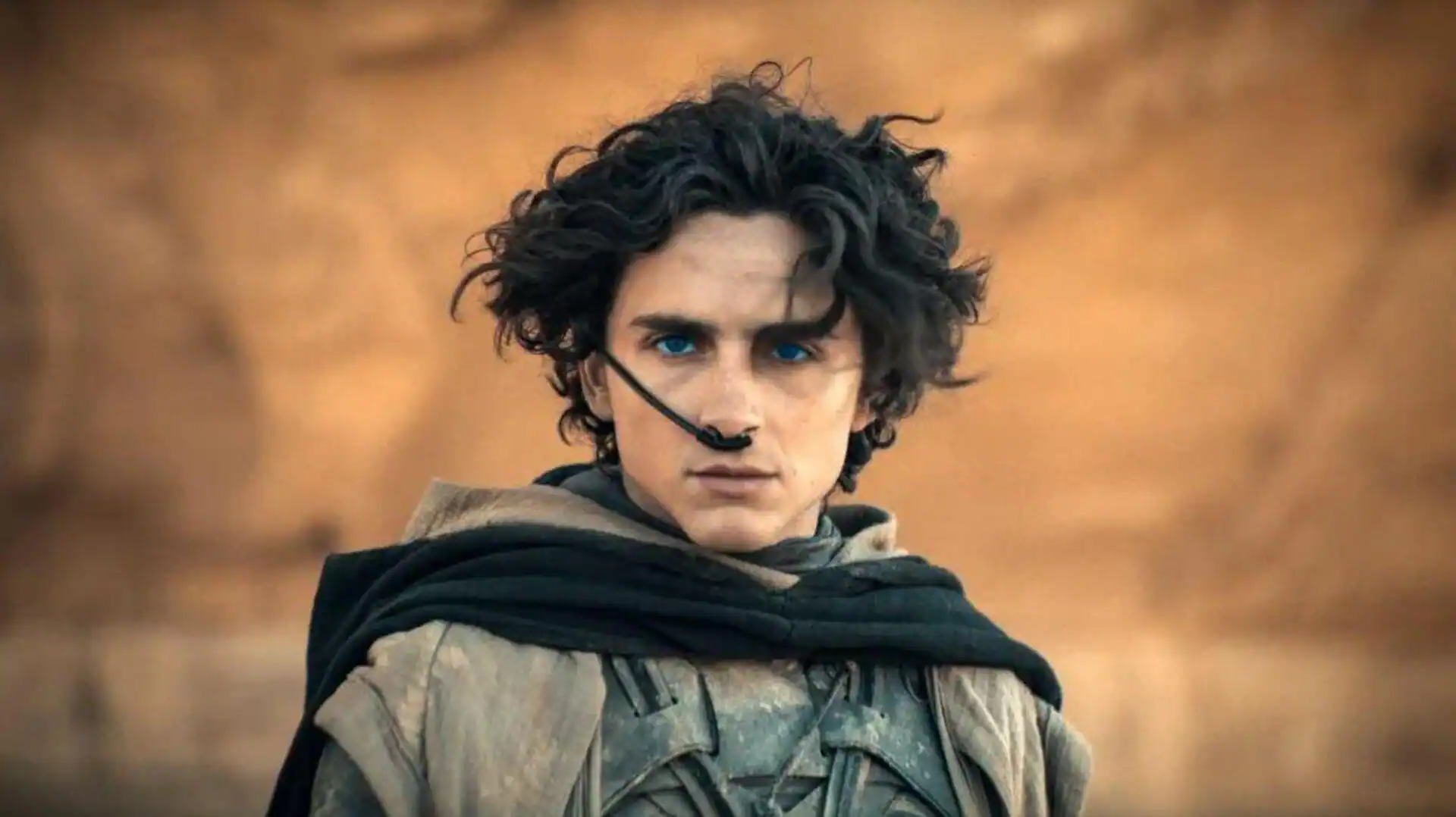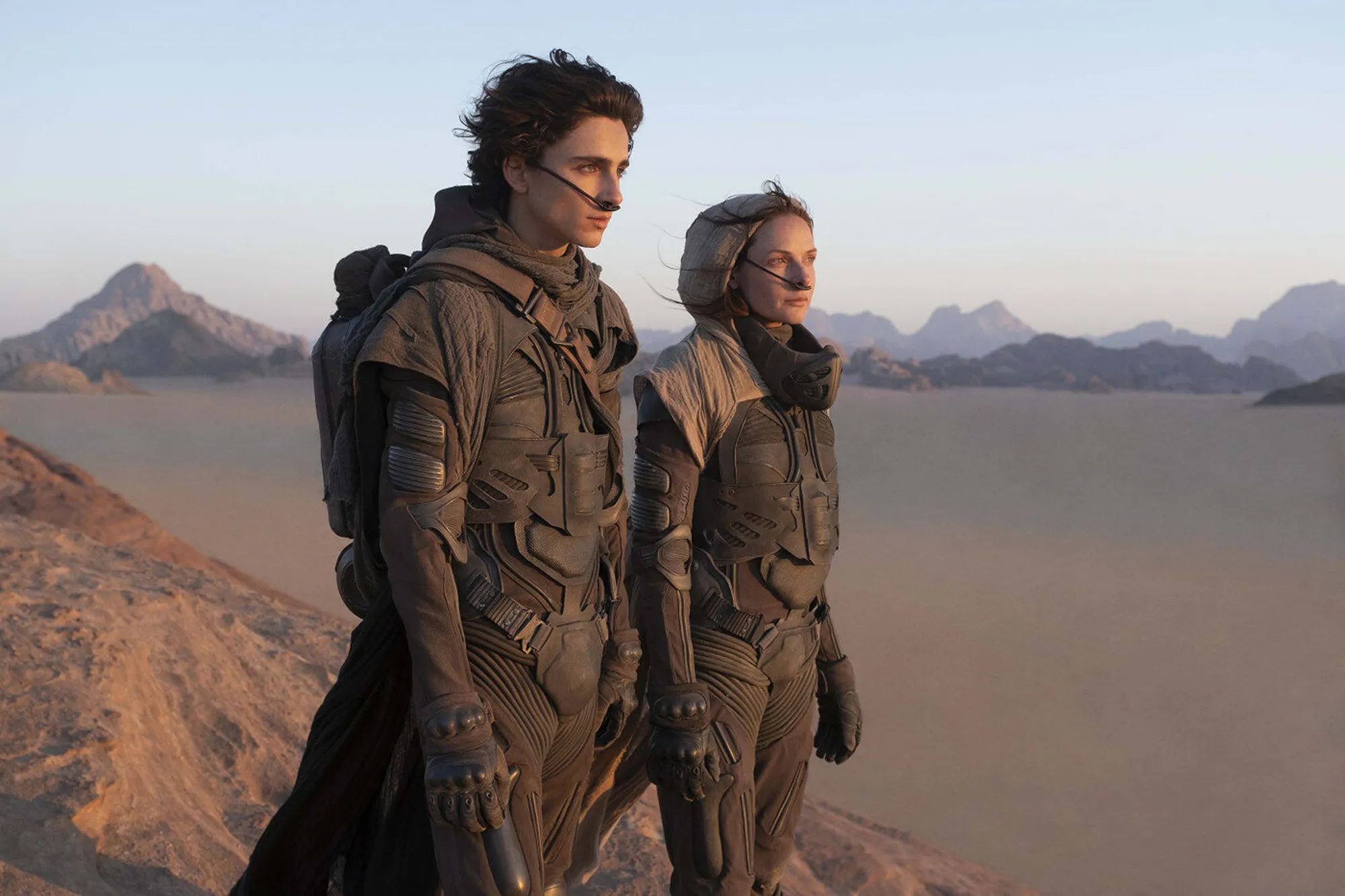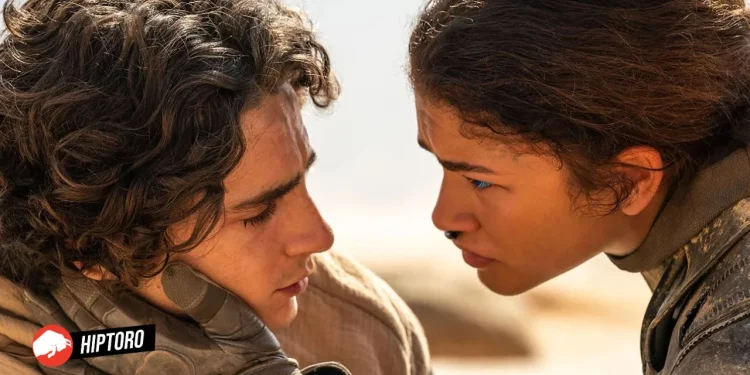In the sprawling sands of cinematic adaptation, “Dune: Part Two” emerges as a beacon of how to honor and yet distinctively alter a beloved novel for film. Directed by Denis Villeneuve, this sequel has not only captured the essence of Frank Herbert’s monumental work but also introduced necessary changes that have sparked both curiosity and admiration among fans and newcomers alike.
With a focus on character development, simplification of complex subplots, and a keen eye for narrative pacing, Villeneuve’s adaptation is a masterclass in bringing unfilmable literature to vivid life.

Further Character Development: The Heart of Arrakis Beats Stronger
At the core of Villeneuve’s adaptation is the enhanced depth given to characters such as Princess Irulan (played by Florence Pugh) and Chani (Zendaya), whose roles have been significantly expanded beyond their literary counterparts.
In Herbert’s novel, Princess Irulan’s presence is mostly confined to the closing chapter, observing her father’s downfall and her reluctant engagement to Paul Atreides. Villeneuve, however, transforms her into a fully-realized character whose awareness of political intrigue and personal agency are given the spotlight, offering a fresh perspective on the narrative’s unfolding drama.
Chani’s character undergoes a similar transformation. Originally a somewhat passive figure in the book, Villeneuve reimagines her as a pivotal force in the story, providing an intimate lens through which the audience can experience the unfolding tragedy. Her skepticism towards Fremen beliefs and her deepening relationship with Paul add layers of emotional complexity, making the narrative not just about the fate of Arrakis but also about personal growth and the cost of destiny.

Streamlining Complexity: A Navigable Journey Through Arrakis
“Dune” is renowned for its intricate political and social subplots, a labyrinthine web that can be daunting even for the most dedicated readers. Recognizing the challenges this complexity presents for a cinematic audience, Villeneuve adeptly compresses timelines and simplifies subplots without sacrificing the story’s essence. Characters like Rabban (Dave Bautista) are repositioned within the narrative to serve the streamlined story Villeneuve aims to tell, focusing on the core themes of power, betrayal, and prophecy.
The decision to omit characters in Dune: Part Two such as Leto II and Paul’s sister, Aria, while controversial to purists, serves the film’s focus on Paul’s journey towards becoming the Kwisatz Haderach. This choice underscores Villeneuve’s commitment to clarity and emotional resonance, ensuring that viewers remain engaged and invested in the characters’ arcs without being overwhelmed by the sprawling narrative of the source material.
Okay saw Dune 2
OMG!!!!!!! Amazing and that third act was down right crazy
This sequel belongs in the group of
Godfather 2
Empire Strikes Back
The Dark Knight
Spiderman 2
Matrix 2
LOTR 2
Aliens pic.twitter.com/jumTHTgBAW— JoMommasCreations (@JoMomma29) March 2, 2024
Dune: Part Two – A Triumph in Adaptation
What Villeneuve accomplishes with “Dune: Part Two” is nothing short of remarkable. By making thoughtful alterations to the source material, he has crafted a film that is not only accessible to mainstream audiences but also deeply satisfying for die-hard fans of Herbert’s novel. The film’s success in balancing character development with narrative progression is a testament to the director’s understanding of both the medium of film and the essence of Herbert’s work.
“Dune: Part Two” stands as a compelling example of how adaptations can serve as both homage and innovation, capturing the spirit of the original while carving out its own identity. Villeneuve’s vision for Arrakis is a vivid, emotionally charged journey that honors its source material while boldly embracing the necessary changes to bring an “unfilmable” novel to the big screen.
In doing so, “Dune: Part Two” not only enriches the tapestry of the Dune saga but also sets a new standard for literary adaptations in cinema.










